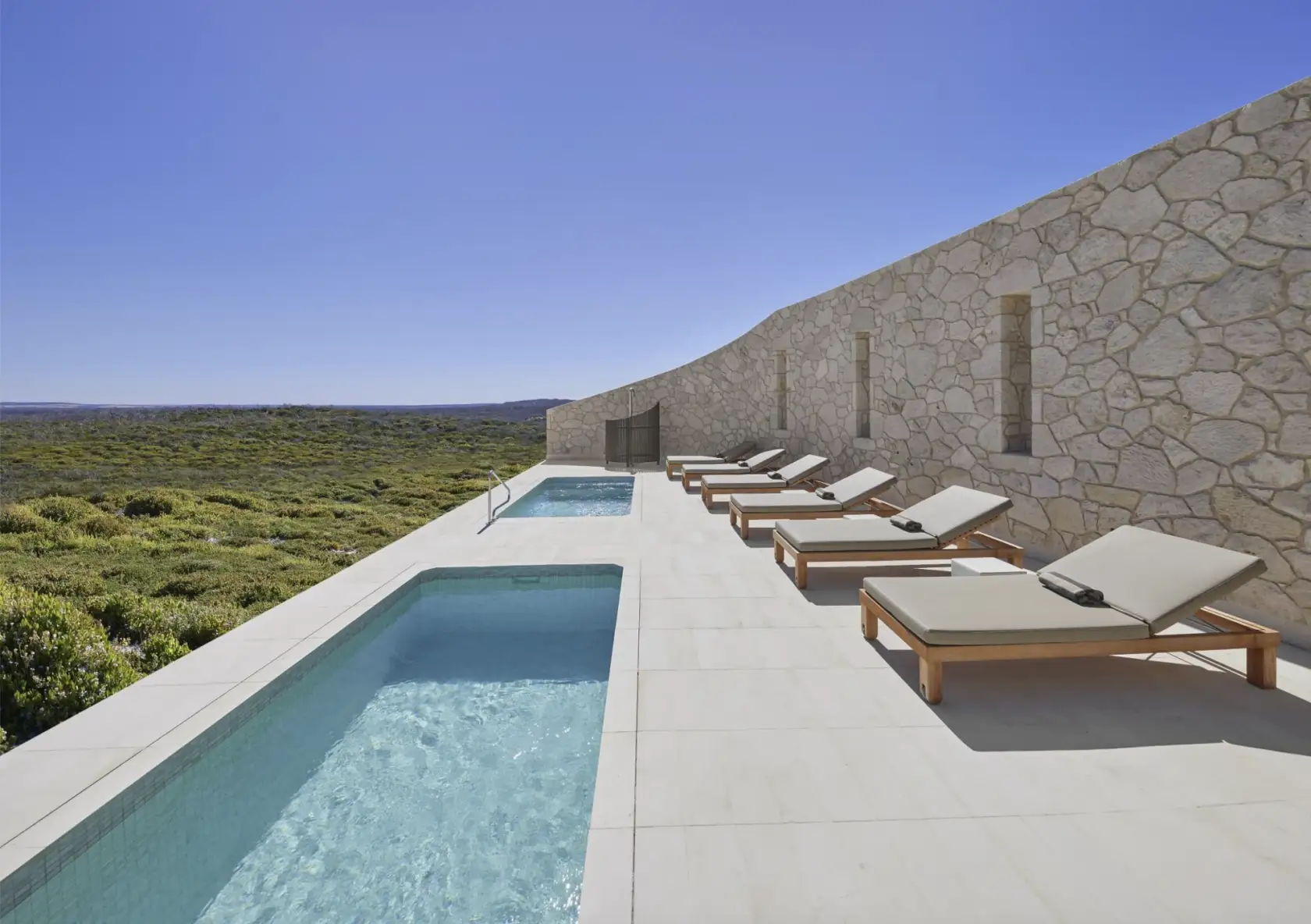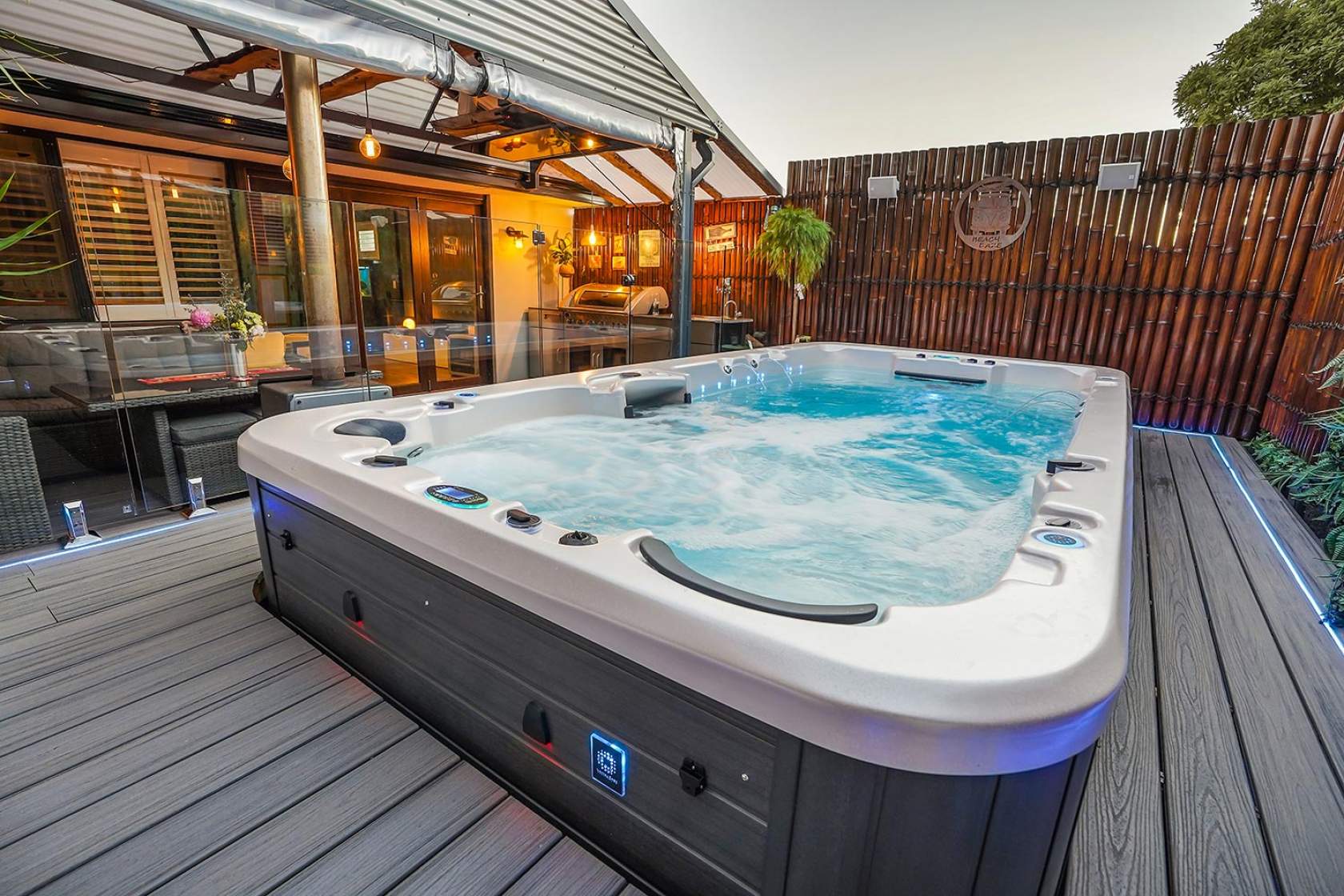

Spa pool maintenance
A great option for small spaces, spa pools offer a little bit of affordable luxury. Regular maintenance keeps water sparkling clean and ensures smooth operation.
There are chemicals involved, but you don’t need a white coat and test tubes. Follow these basic steps and consult a professional if you are unsure.
Water treatment
Requirements for spas and for pools are not the same — preventing growth of viruses, bacteria and algae in hot water requires a different approach to cooler pool water. Chemicals are essential to maintain healthy water and you need to test the following:
Total alkalinity — a pH buffer that keeps pH levels steady.
pH — steady pH ensures other chemicals work effectively and promotes swimmer comfort.
Sanitiser — usually chlorine or bromine, keeps the water clean and free from nasties.
Testing
Grab a test kit from your spa retailer or pool shop and get advice on correct use. Testing frequency depends on spa usage, but it doesn’t hurt to test daily. Recommended levels in spa pool applications are below. Total alkalinity and sanitiser are measured in parts per million (ppm) and pH on a scale from 0 to 14 (seven is neutral, below is acid and above is alkaline).
Recommended levels
Total alkalinity 90–110 ppm
pH7.4–7.6
Chlorine2–3 ppm
Bromine 3-4 ppm
Correcting
Total alkalinity impacts pH fluctuation, so keep it in the desired range. To raise total alkalinity add small quantities of sodium bicarbonate. To lower total alkalinity, add small quantities of hydrochloric acid. Re-test in one hour and make further adjustments as necessary.
pH levels affect the efficiency of sanitiser products, can cause eye and skin irritations and have a harmful effect on metal fittings and other equipment. Measure at room temperature and aim for the optimum levels above. To raise pH, add small amounts of soda ash. To lower pH, add small amounts of acid. Wait one hour and re-test, then make adjustments as necessary.
Sanitising keeps the water safe and free from microorganisms. The amount of product required is affected by water temperature, frequency of use and the number of bathers. Keep levels in the recommended range above and remember to add sanitiser every day when the spa is not in use to prevent contamination.
Cleaning
Clean the filter every four to eight weeks and replace it every year or so, depending on usage (around 10–15 cleaning cycles).
You’ll need to drain and change the water every three or four months. Clean the spa interior at the same time, using specialist spa cleaning products. For more regular water maintenance, replace around one third of the water volume every three to four weeks.
Remember to consult a professional if you are unsure about how to maintain water balance. Follow these simple steps and you’re sure to enjoy your spa or hot tub for many years to come.
